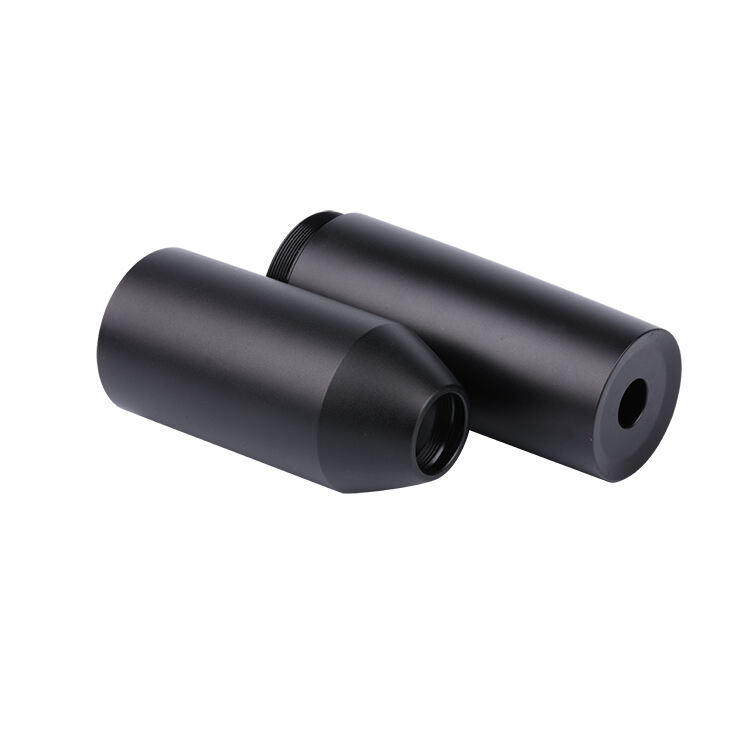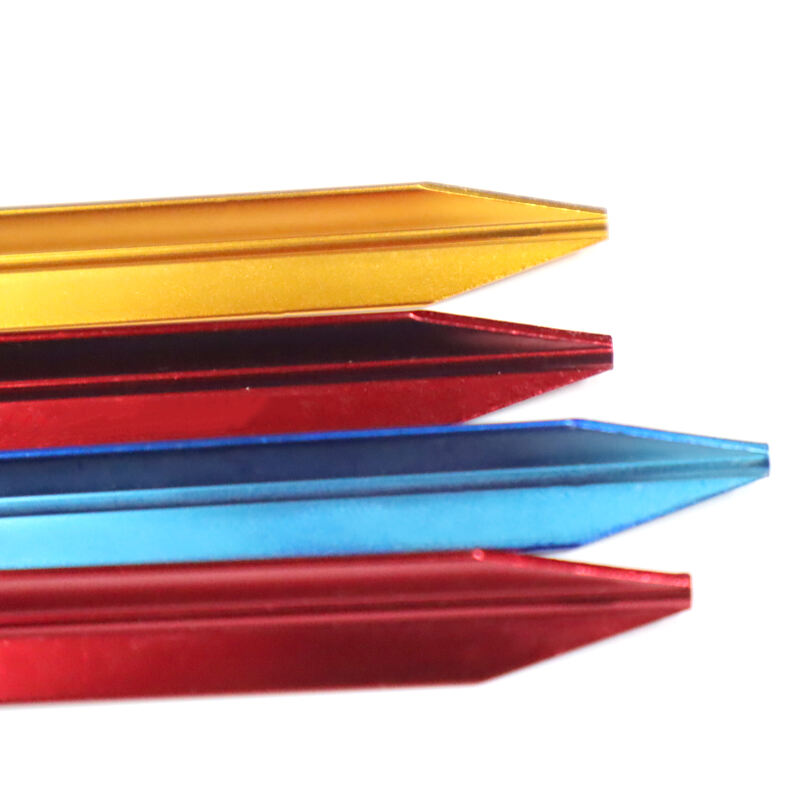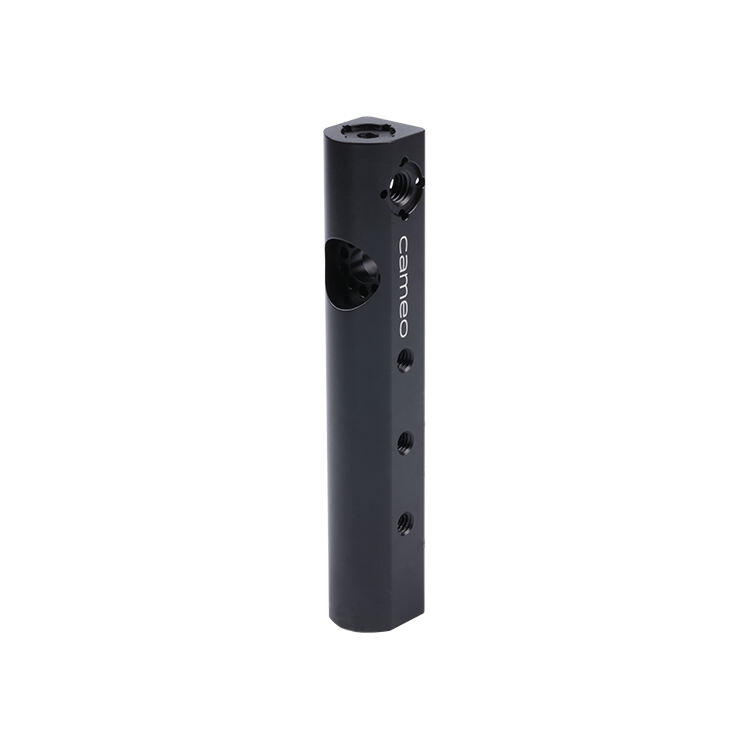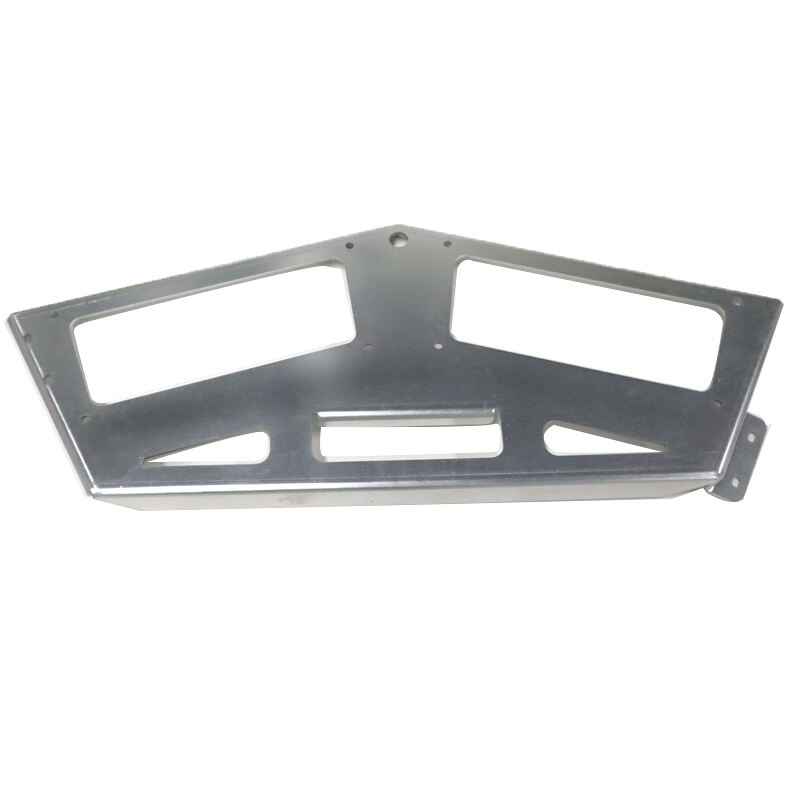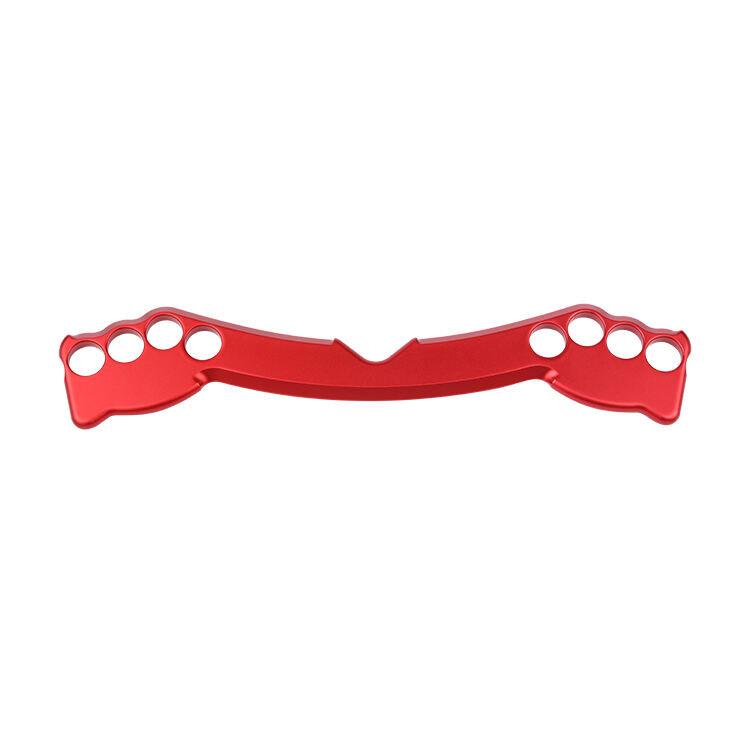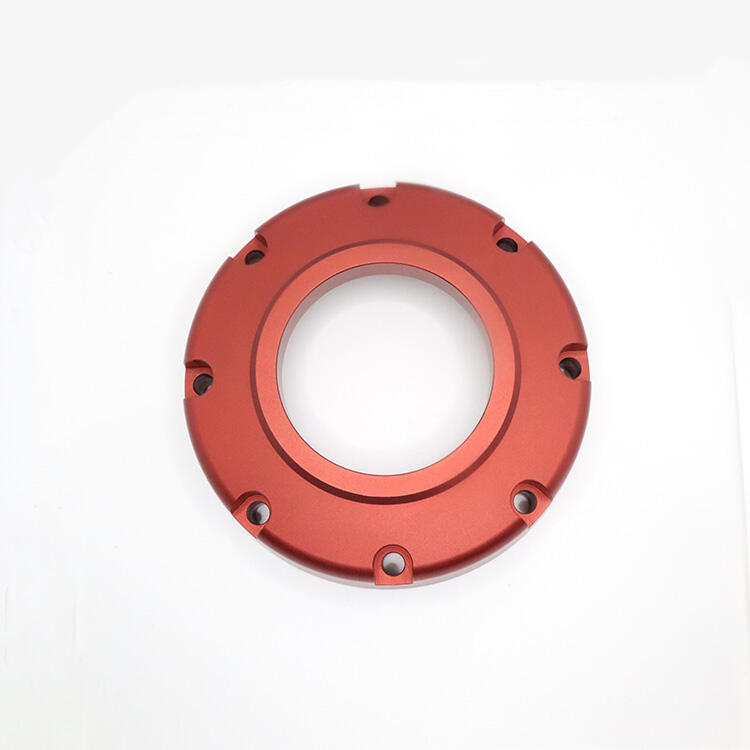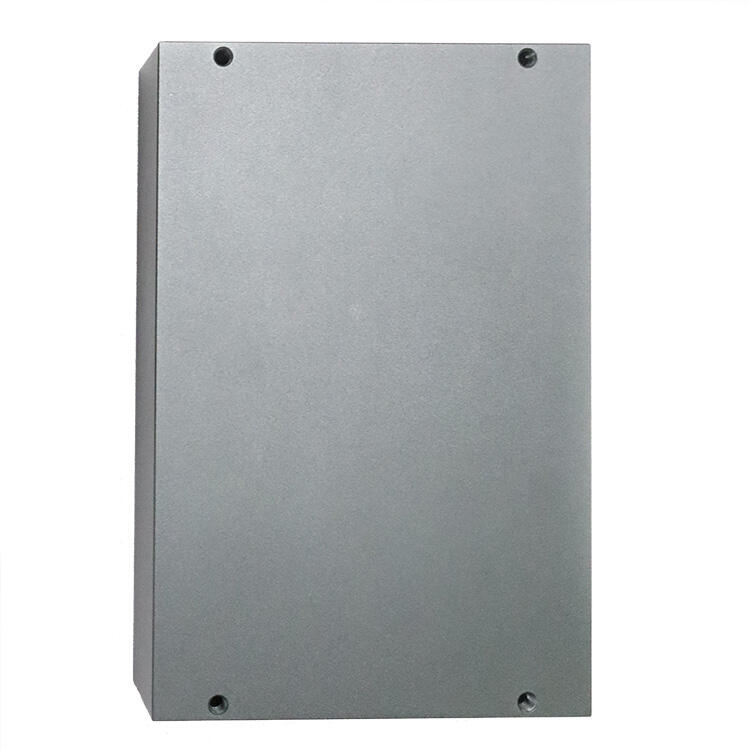The Transformative Power of 3D Printing
In the fast evolving field of technology, it is additive manufacturing, commonly called 3D printing that has become a game-changer. By means of layer by layer deposition that changes digital designs into tangible objects, 3D printing is reshaping different sectors such as manufacturing and healthcare.
What is 3D Printing?
It involves constructing three-dimensional objects from digital files by adding material layer by layer. In contrast to traditional subtractive manufacture which requires cutting away material, additive production starts building objects from nothing allowing for detailed designs and complex geometries. It works with different materials such as plastics, metals and composites bringing about significant production flexibility.
Types of 3D Printing Technologies
Fused Deposition Modeling (FDM): This technique represents one of the most widespread types in terms of 3D printing. FDM uses an extruder to melt a solid filament made from thermoplastic and subsequently deposits it on a print bed layer after another. Its strong point is its simplicity; FDM systems are inexpensive to buy and offer a wide range of materials making them suitable for prototyping and making functional parts.
Stereolithography (SLA): Solid layers are solidified in this method through presence of ultraviolet light generated using a UV laser on liquid resin surface. This method produces very accurate prototypes at both micro- and macro-scale levels because its offers high precision features.
Digital Light Processing (DLP): A digital light projector cures resin instead in DLP similar to SLA. It is quick compared to other processes and provides high resolution hence useful in producing small scale highly detailed models.
Binder Jetting: Powdered materials bound together by using liquid binder characterize this type. Full color prototypes can be achieved through Binder Jetting with multiple materials available thus offering many creative possibilities at once.
Benefits of 3D Printing
Customization and Flexibility: The potential for 3D printing to be used widely in the production of personalized products, which can be designed according to individual needs, is very much recognized. Additionally, it allows for easy adaptations in designs increasing the ability to create prototypes.
Rapid Prototyping: Innovation time is minimized through using this method thereby allowing inventors and designers to quickly come up with new ideas they can try out. Reducing time to market speeds up innovation cycle.
Complex Geometries: This manufacturing process offers a possibility of creating highly intricate and complex structures that cannot be realized by other techniques. Therefore, there are possibilities for innovative design solutions and functional improvements.
Applications of 3D Printing
Medical Field: In healthcare industry 3D printing has brought about custom prosthetics, implants as well as surgical instruments.
Aerospace Industry: The aerospace sector has benefited from 3D printing through lightweight yet strong parts having complex geometries being manufactured. It boosts fuel efficiency resulting in cost savings hence supporting aircraft and spacecraft developments.
At present, a huge technological leap has been made in this field known as additive manufacturing with advantages such as individual customization, quick prototyping and less waste generation at hand.
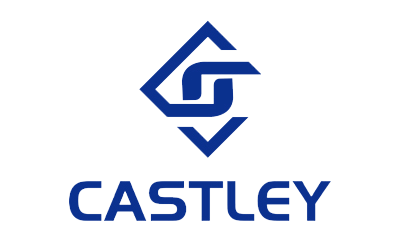
 EN
EN
 AR
AR
 BG
BG
 HR
HR
 CS
CS
 DA
DA
 NL
NL
 FI
FI
 FR
FR
 DE
DE
 HI
HI
 IT
IT
 JA
JA
 KO
KO
 PL
PL
 PT
PT
 RU
RU
 ES
ES
 SV
SV
 TL
TL
 IW
IW
 ID
ID
 LT
LT
 UK
UK
 VI
VI
 HU
HU
 MT
MT
 TH
TH
 TR
TR
 MS
MS
 BN
BN
 LO
LO
 LA
LA
 MN
MN
 SO
SO
 MY
MY
 KK
KK
